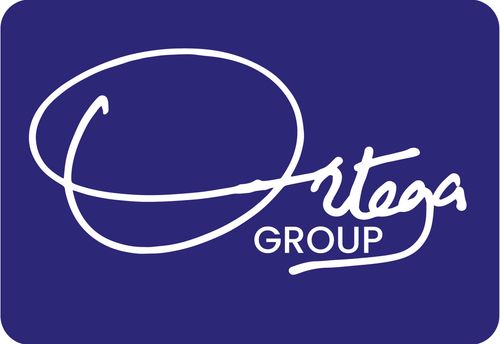Tinkering is the process of spreading out one’s surface area, of touching things, re-touching them, constantly looking for that hidden story. Tinkering is the skill we’re all born with. You see it in children tearing remotes apart to find the hidden story in that remote. You see it in kids trying to slowly close the fridge waiting for that point when the light goes off. You see it in kids switching the lights on and off, to see at what point the chasm is crossed from on to off. The kids be searching for the Schrodinger’s cat moment. What is that intersection?
And all innovation is really a process of finding intersections, seeing how one thing relates to another. For indeed, all things are connected. There’s always a way to weave and thread things into patterns. A learning from healthcare in Brazil could transform a feeding program in Uganda. It’s to keep the eyes open to the magical expressions in the universe. Innovation is not hard, but we tend to approach it with fixed lenses.
Innovation is all around us. If you use the Northern Bypass in Uganda, as you approach the Agenda stage, you will see something interesting. The taxi touts there got car tyres, filled them with soil and used them to create stairs for people to overcome the high-rise guard-rails at that spot. This resulted in more human traffic thus improving the taxi stage economics. The other hidden message was to those who designed the road, that such improvements could come at the least cost possible. They have recycled the tyres and solved a human movement problem.
But that’s to also say, tinkering is all around us. Yet, it’s the most punished act in most organizations. Most employees know it as the silent rule. ‘Do not tinker’ is what all organizational processes exist to tell people. It should always be done this way. The rule replaces the human mind. Organizations would do better if they taught people about the origin of the rule. Why was the rule enacted? Why is a certain approval required? Thus, most organizations end up hiring automatons, people that are excellent in pressing the button and nothing more. They never improve the processes that they work on. It takes one contrarian fellow to show up one day and wonder; ‘why do we always pass here and not there?’ And then it becomes clear that no one knows the reason why that process was formulated and whether it’s still relevant to the times. That random fellow is the tinkerer. All organizations need tinkerers.
That’s not to say that organizations should throw process out of the window and just mess up with things. Or that anybody should wake up and try out a new formula of Coca cola and package that. It’s to say, the culture must be encouraged, that people’s eyes should be open to how things can always be better, how they can get simplified, how the quality can be improved. It’s to say, there’s no cap to human possibilities. It’s the thing that tinkerers find out.
For individuals, it’s to occasionally open that faulty electronic appliance and simply clean it up. The same way, we’ve now mastered that switching off the phone or the computer often helps solve most of the problems. Tinkering is gaining the ability to ‘switch on and off’ and seeing the patterns.
Tinkering could mean cross-functional works, organizations allowing their employees the freedom to work in other departments. It could also mean inter-company exchanges. Early on in my career, my Line Manager at Uganda Breweries Limited (UBL) sent me to Coca Cola for a week. It made me a better planning and scheduling person. But I also got to appreciate something about Coca Cola. Organizations lose nothing from these continuous exchanges. And often, these learnings can’t come from a one-off benchmarking visit.
Tinkering is usually not a one-off process. Most tinkering efforts will fail, yet every tinkering moment matters, it builds up to that ultimate point. You could see this in football, every touch matters in the creation of that goal. Think of tinkering as the process of making that pass, creating that touch, and finally making the assist to make that goal happen.
One example of a tinkering organization in Uganda is the Mandela Group. They have mastered it in their DNA, to constantly get better, to constantly improve. To realize that there’s a mark beyond 100 percent, to attempt and break their previous record. It could mean a new menu item, it could mean a new way to seal your drink as it’s delivered to you, it could mean a better approach to their wheat factory machine arrangement. The message is clear; ‘we can always be better, and we can only be better if we tinker on the right things.’
Organizations that tinker are not at the mercy of the future. For they are active participants in creation of the future. Perhaps organizations should have a way to hire for tinkering, and a way to promote for tinkering. Tinkerers may not always get it right, but when they get it right, it makes a lifetime impact. Einstein tinkered. Newton tinkered. Apple is a tinkering organization. Elon Musk has built a tinkering culture. Tinkerers create the future!

